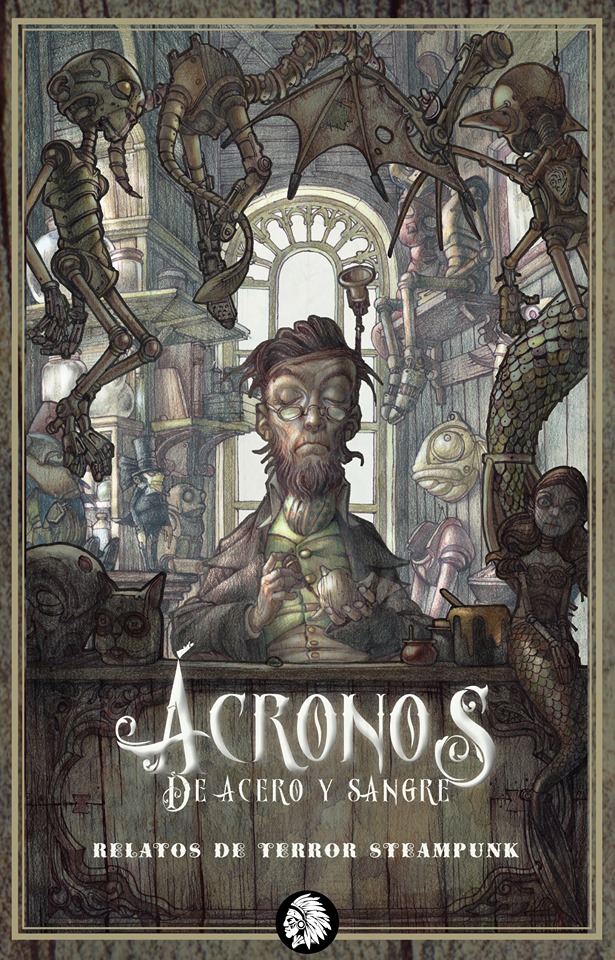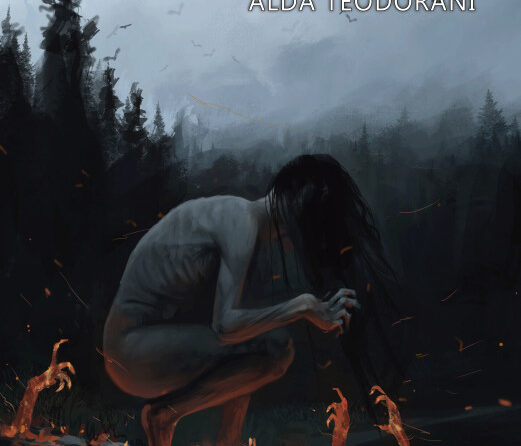Robert E. Howard produced several series: Solomon Kane, Kull of Valusia, Bran Mak Morn, and finally Conan the Cimmerian, all existing more or less in the same world at different times. In “Kings of the Night” (Weird Tales, Novembr 1930) he tied Kull with Bran Mak Morn through magic, as he did Turloguh o’Brien and Bran Mak Morn in “The Dark Man”(Weird Tales, December 1931). The patient scholar can find clues that weave all his series together in one way or another.
 There was one more series in Howard’s pseudo-history that concerns readers of Sword & Sorcery. The tales of James Allison take place both in modern times and in the far past, in that time after the Hyborian kingdoms of Conan. Allison is a crippled Texan who lost a leg when his horse fell on him. To escape boredom and sadness he ventures into the past, exploring his previous lives as mighty warriors. All these ancestors were members of a migration of Aryans as they traveled the world in search of a homeland.
There was one more series in Howard’s pseudo-history that concerns readers of Sword & Sorcery. The tales of James Allison take place both in modern times and in the far past, in that time after the Hyborian kingdoms of Conan. Allison is a crippled Texan who lost a leg when his horse fell on him. To escape boredom and sadness he ventures into the past, exploring his previous lives as mighty warriors. All these ancestors were members of a migration of Aryans as they traveled the world in search of a homeland.
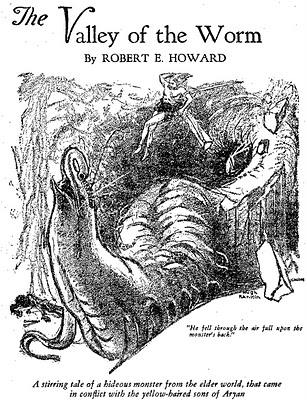 Unlike the Conan stories, which have several inspirations, the idea for Allison’s cosmic time travel can be traced to one source. That author is Jack London and his novel, The Star Rover (1915), in which Darrell Standing, a prisoner is tortured by a device called “the jacket”. Going into a trance, Standing not only endures the pain but also explores his past lives. Howard’s narrator is not a murderer but a frustrated Texan youth, trapped in his life. It isn’t hard to see a bit of Howard in Allison, both Texans stuck in rural backwaters. Howard, too, was escaping into a world of exciting action, the one of his imagination.
Unlike the Conan stories, which have several inspirations, the idea for Allison’s cosmic time travel can be traced to one source. That author is Jack London and his novel, The Star Rover (1915), in which Darrell Standing, a prisoner is tortured by a device called “the jacket”. Going into a trance, Standing not only endures the pain but also explores his past lives. Howard’s narrator is not a murderer but a frustrated Texan youth, trapped in his life. It isn’t hard to see a bit of Howard in Allison, both Texans stuck in rural backwaters. Howard, too, was escaping into a world of exciting action, the one of his imagination.
The stories of James Allison were not many, only two published in Howard’s lifetime, though there were fragments for several more to be polished up, completed and published after 1972, but these belong to a decade to come. We will stick to the two from 1934. The first was “The Valley Of The Worm” (Weird Tales, February 1934). The plot follows Niord and his people who come to a pleasant land where the Picts dwell (Brule’s descendents and Bran Mak Morn’s progenitors) but it is haunted by a terror, a weird piper who calls a gigantic worm from an eldritch well. Like the creatures of Lovecraft’s Cthulhu Mythos, these are elder survivals. Niord takes it on himself to destroy them and save his people. To do this he hunts the giant snake Satha (who also appears in “The Scarlet Citadel”, a Conan story) and takes its venom to poison his arrows. Niord’s suicidal fight becomes the fodder for legends such as St. George and the dragon.
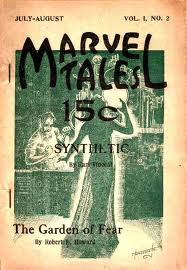
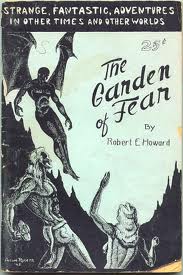 “The Garden Of Fear” appeared in Marvel Tales (July–August 1934), so I assume it must have been rejected by Farnsworth Wright at Weird Tales, Howard’s first choice for publication. Hunwulf the Wanderer this time is the hero. His gal Gudrun is taken by a flying man, another ancient survivor from a past age so distant no one has a name for him. Hunwulf follows him to his tower which is smooth surfaced, doorless and unscalable. To make matters worse, the tower is surrounded by blood-sucking plants. Hunwulf finds a way and rescues the girl. Like the Conan tale “Queen of the Black Coast”, the villain is a relic of times past. This is the recurrent theme in much of Howard’s work from Solomon Kane facing the harpies in “Wings in the Night” to Gol-goroth in “Gods of Bal-Sagoth”: “As far back as man may go in myth, chronicle and legend, he finds tales of harpies and winged gods, angels and demons. Legends are distorted shadows of pre-existent realities…” The idea can be found in Lovecraft but before him, in Arthur Machen, who wrote of such creatures in “The Novel of the Black Seal” and “The Shining Pyramid”. Howard would embrace this idea as an explanation for many of his monsters from the Serpent Men of “The Shadow Kingdom” to Yogah the elephant god in “Tower of the Elephant”.
“The Garden Of Fear” appeared in Marvel Tales (July–August 1934), so I assume it must have been rejected by Farnsworth Wright at Weird Tales, Howard’s first choice for publication. Hunwulf the Wanderer this time is the hero. His gal Gudrun is taken by a flying man, another ancient survivor from a past age so distant no one has a name for him. Hunwulf follows him to his tower which is smooth surfaced, doorless and unscalable. To make matters worse, the tower is surrounded by blood-sucking plants. Hunwulf finds a way and rescues the girl. Like the Conan tale “Queen of the Black Coast”, the villain is a relic of times past. This is the recurrent theme in much of Howard’s work from Solomon Kane facing the harpies in “Wings in the Night” to Gol-goroth in “Gods of Bal-Sagoth”: “As far back as man may go in myth, chronicle and legend, he finds tales of harpies and winged gods, angels and demons. Legends are distorted shadows of pre-existent realities…” The idea can be found in Lovecraft but before him, in Arthur Machen, who wrote of such creatures in “The Novel of the Black Seal” and “The Shining Pyramid”. Howard would embrace this idea as an explanation for many of his monsters from the Serpent Men of “The Shadow Kingdom” to Yogah the elephant god in “Tower of the Elephant”.


